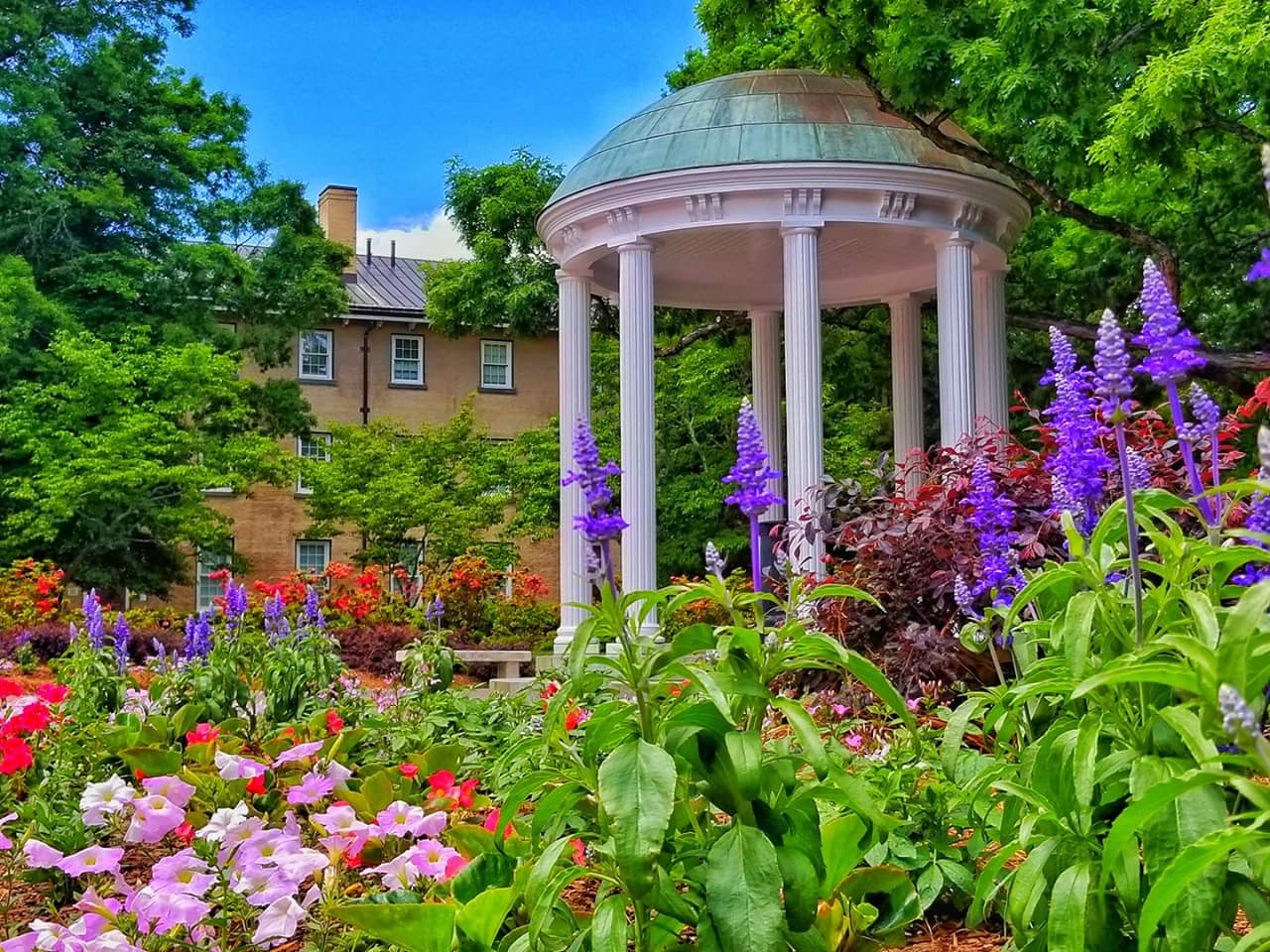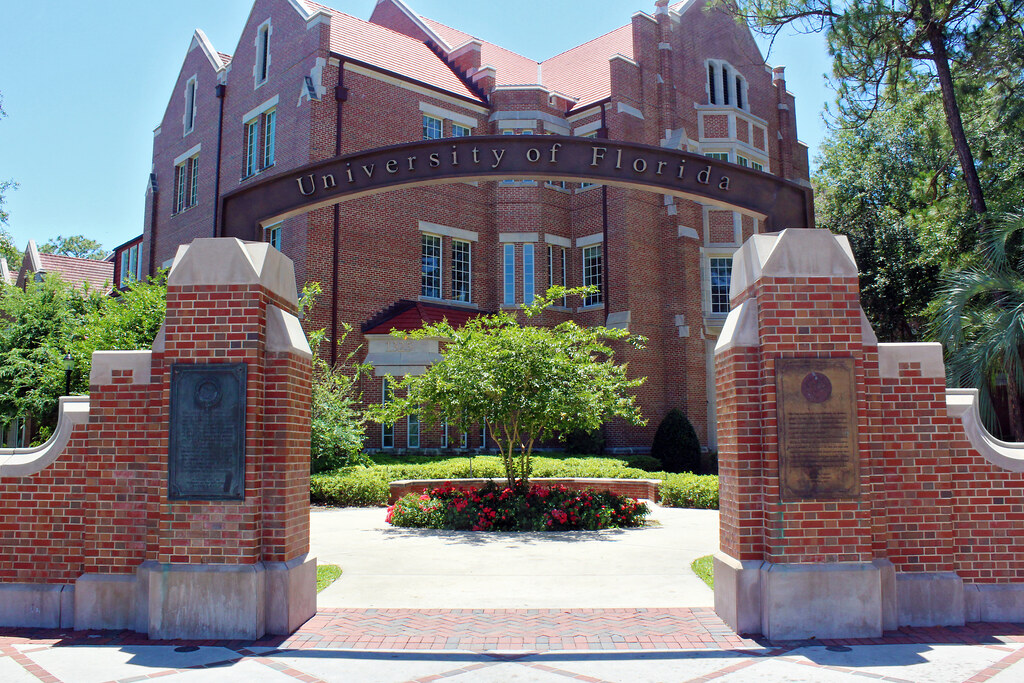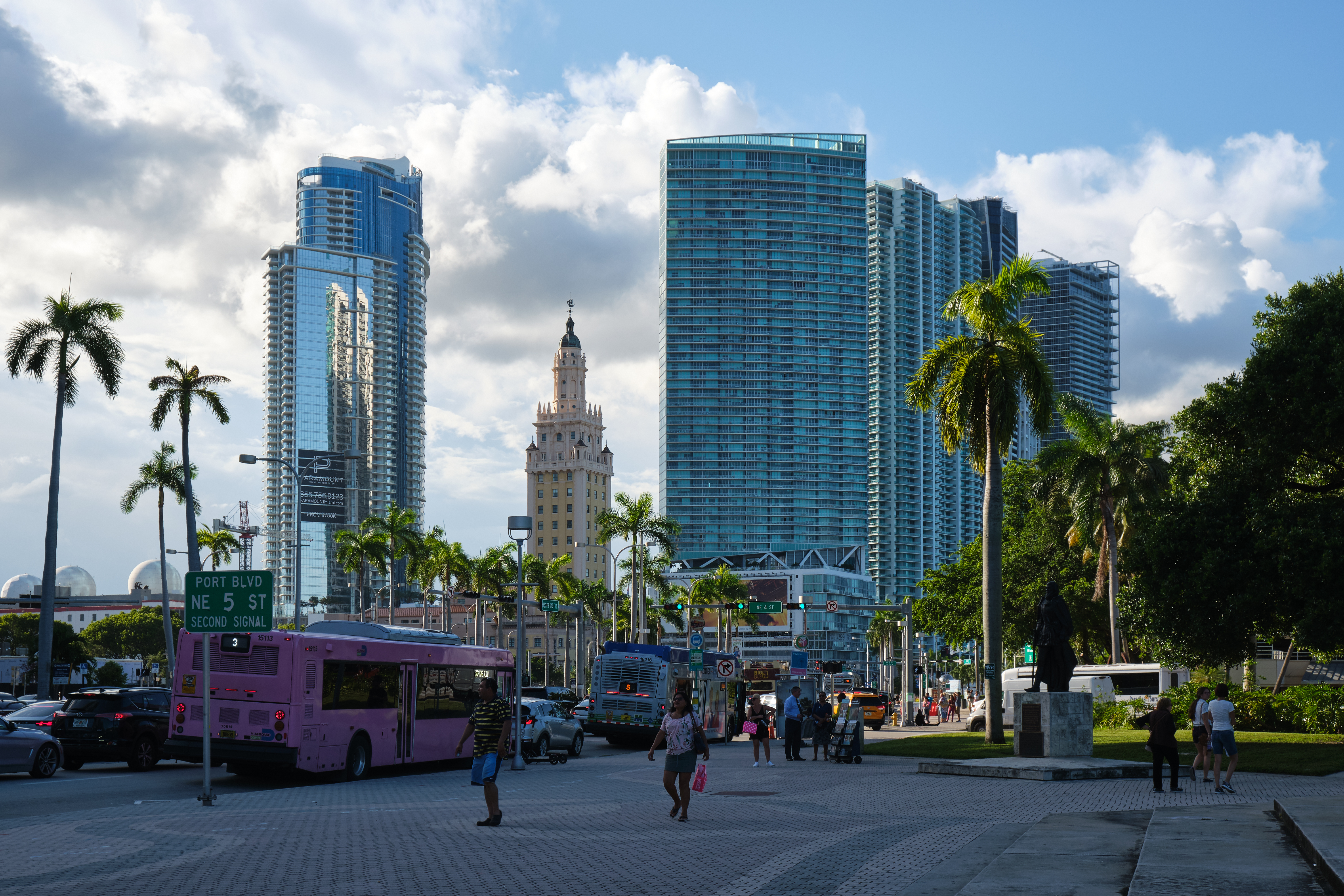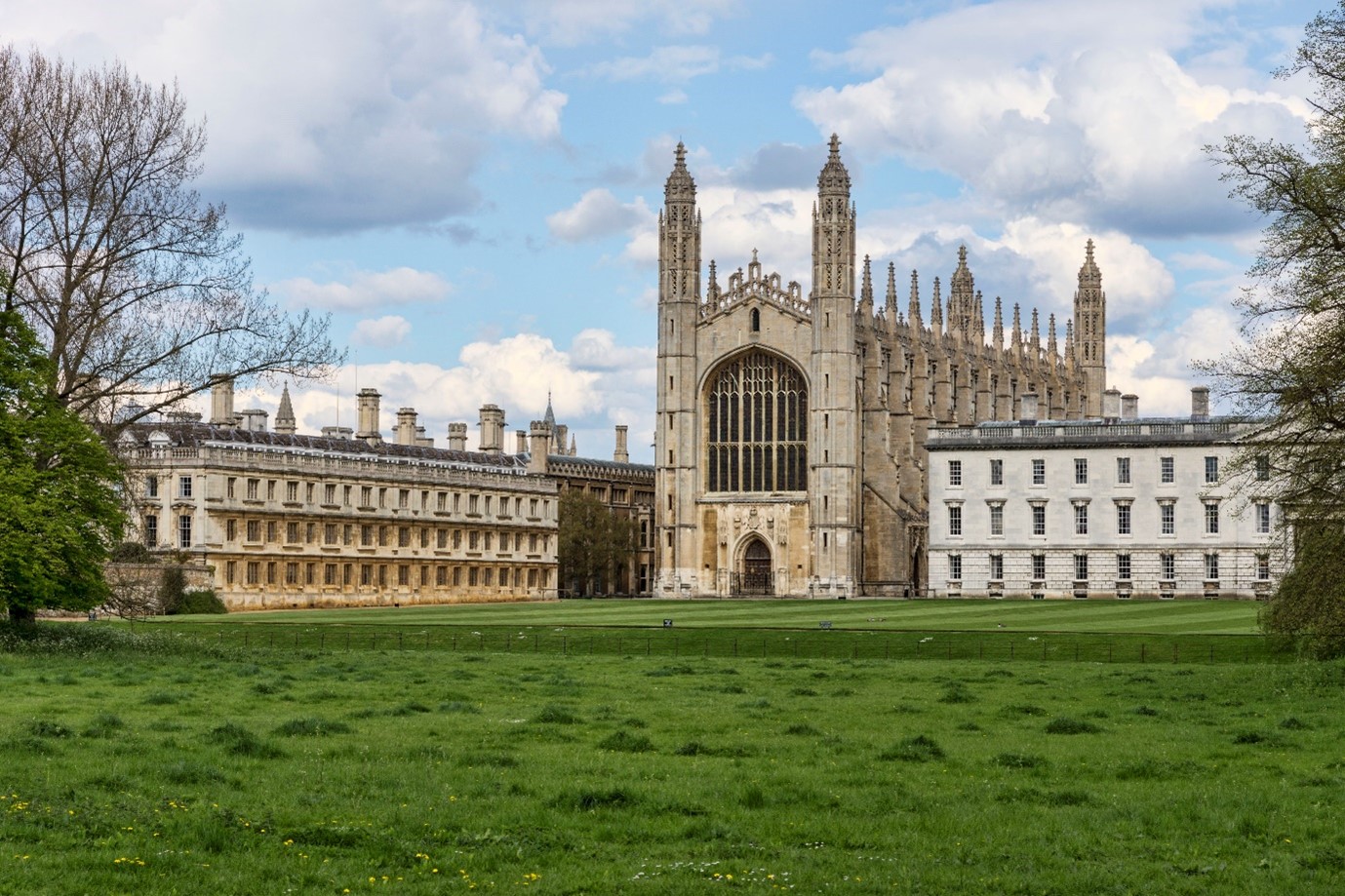How much do you know about the biggest colleges in the US? In the United States, some universities stand out not only for exceptional academic programmes and extensive extracurricular opportunities but also for their large campuses and dynamic campus communities. With cutting-edge research facilities and vibrant social environments, these institutions can ensure that students are well-prepared for success both academically and socially. We prepare comprehensive information on the biggest universities in the US. By understanding what sets these universities apart, you can make informed decisions that will guide you towards an enriching and visionary educational journey.
Why Study at the Biggest University in the US?
Here we conclude some advantages and disadvantages of studying in a big college to help you understand the situation better and make a judgment more objectively.
Advantages
Extensive Resources
- Financial resources: Large universities typically possess greater financial resources, resulting in improved infrastructure, modernized libraries, advanced technology, and comprehensive student support services. Students can seize the opportunities to do academic and scientific exploration.
- Academic resources: The biggest universities typically offer various academic programs and specializations, allowing students to tailor their education to their specific interests and career aspirations.
- Alumni resources: Big universities own top-tier faculty members who are experts in their respective fields. Students benefit from learning from renowned professors and industry professionals, gaining valuable experience and mentorship that can shape their academic and professional growth.
More Opportunities
- Opportunities for academic exchange: Many of the largest public universities in the US and largest private universities in the US offer study abroad programs. These programs provide students the opportunities of gaining a global perspective.
- Opportunities for academic programs: Large universities often offer various academic programs and majors, which students can choose according to their personal interests. This breadth of offerings gives students a better chance at finding the right academic path that better aligns with their career goals and aspirations.
- Opportunities for future careers: With extensive alumni networks of the largest universities in the US, students can make connections with successful graduates across various industries. In this way, they can find proper jobs whether in school or after school.
Rich cultural Life
- Cultural activities: Large universities often have vibrant campus communities with various extracurricular activities, clubs, and organizations. Students can engage in various events, sports, arts, and community service activities, fostering personal growth, networking, and lasting connections with peers.
- Cultural understanding: The largest colleges in the US act as melting pots of diversity, where students from various backgrounds and cultures come together. Studying in this inclusive environment can help students make friends from different cultures, learn more about cultural differences, and become more respectful. This will be useful for them when working with people from other countries in the future.
Disadvantage
- Limited access to assistance: With thousands of students enrolled, it can be difficult to receive individual attention from professors and personalized academic support. Classes are often larger in the biggest universities in the US, leading to a more lecture-based learning environment and limiting opportunities for interactive and hands-on educational experiences. Some students might struggle to establish personal connections with instructors, making it harder to seek help or guidance when needed.
- Limited access to resources: Facing lots of extracurricular options, some students need to be proactive and discerning in their choices to find activities that truly align with their interests and goals. Moreover, it’s time-consuming to travel from one campus to another one. This could impact students’ ability to participate in extracurricular activities or efficiently use campus facilities.
- Intensified Competition: The largest universities often have a large student population, and there might be fierce competition for resources and opportunities. The competitive and fast-paced environment at big universities can be stressful for some students, potentially impacting their mental health.
Top 10 Biggest Universities in the US
| Rank | University | Ranking of 2024 US News Best Colleges in America |
Full-Time Enrollment | Total Admission Rate |
|---|---|---|---|---|
| 1 | University of California at Los Angeles | 15 | 31,763 | 9% |
| 2 | University of Michigan Ann Arbor | 21 | 31,319 | 18% |
| 3 | Cornell University | 12 | 15,735 | 7% |
| 4 | University of Southern California | 28 | 20,185 | 12% |
| 5 | Georgia Institute of Technology | 33 | 16,207 | 17% |
| 6 | University of Virginia | 24 | 16,523 | 19% |
| 7 | Boston University | 43 | 17,724 | 14% |
| 8 | University of Florida | 28 | 31,017 | 23% |
| 9 | University of Texas at Austin | 32 | 38,591 | 31% |
| 10 | University of North Carolina at Chapel Hill | 22 | 19,939 | 17% |

Located in the Raleigh area of Chapel Hill, North Carolina, UNC is a highly regarded public university. Its flagship majors are communications, biology, and behavioural sciences. There are also more than 130 sports teams on campus and nearly 50 fraternal sorority organizations. According to incomplete statistics, more than 20% of UNC students have Greek Life.
TOP 9: University of Texas at Austin
UT Austin was founded in 1883, and despite its short history, it has outperformed many much older schools. Like UNC, UT Austin made this year’s Forbes list of “New Public Ivy League schools.”
UT Austin’s popular majors are accounting, natural science, information science, and anthropology. In addition, its undergraduate engineering and business programs rank 11th and 5th in the United States, respectively. As for extracurricular activities, UT Austin has more than 114 sports teams and 64 fraternal sorority organizations. Students can join more than 1,000 clubs or the larger UT Greek system.
As a well-known flagship university in the state, UT Austin is more in-state in its admissions, with less than 10% of international students. Its business major is very hard to be admitted for international students
TOP 8: University of Florida

UF is based in Gainesville, Florida. Despite the large number of students, the school’s small class size(less than 20 students) is still 53%. In addition, UF made Forbes’ list of “New public Ivy League schools.” 51% of UF’s students are white, with Asian and international students at 11% and 2%, respectively. If you want to experience a diverse campus culture and make friends from different backgrounds, UF is definitely a good choice.
TOP 7: Boston University
Located in the heart of Boston, a city with a long history, Boston University is a private research university. It operates 10 undergraduate schools with more than 300 majors and more than 650 global courses. Although there are over 100 million students, the school’s small class accounts for 60%, the teacher-student ratio is 1:11, and the four-year graduation rate is 83%.
The School of Medicine at Boston University is the first laboratory in the United States to combine research and teaching of cancer. In 1872, it was also the first university to open all majors to female students. Martin Luther King Jr., the black civil rights leader who delivered the “I Have a Dream” speech, is also one of BU’s alumni.
TOP 6: University of Virginia
UVA, located in Charlottesville, Virginia, was also included in Forbes’ “Best Public Ivy League Schools List” in 2024. Additionally, it is the fifth public university in the United States. This year, College Transition ranked its business program 7th in the United States, and US News placed marketing and management of UVA in the top ten.
According to the McIntire School of Business, 98% of graduates from UVA find their jobs within six months of graduation, and the average starting salary for undergraduates is $93,180.
TOP 5: Georgia Tech
GT is located in the heart of Atlanta and has six academies. The undergraduate engineering program ranks third in the United States, and the CS specialty ranks sixth.
In addition, GT’s name also appeared on Forbes’ list of “New Public Ivy Schools.” Although there is a “tech” in its name,” its business is not bad. GT’s analytics, supply chain management, data analysis, and production management are among the top ten in the United States.
TOP 4: University of Southern California
The University of Southern California has the 8th-best business program in the United States, the 1st-best game design program in the United States, the 25th-best undergraduate engineering program in the United States and the 1st-best film program in the United States.
Although USC has more than 2 million students, it is able to ensure that every student enjoys excellent teaching resources. At USC, the teacher-student ratio is 1:9. Small class sizes (less than 20 students) are 62%, and the four-year graduation rate is nearly 80%.
TOP 3: Cornell University
Founded in 1865, Cornell University is a private Ivy League school and a land-grant university in New York State. It has more than 1,000 student organizations and more than 60 fraternity and sorority chapters.
Popular majors at Cornell University include CS, Biology, and business. Interestingly, although everyone graduates with a degree from Cornell University, each of Cornell’s seven undergraduate colleges operates independently, enrolling its own students and providing its own faculty.
TOP 2: University of Michigan, Ann Arbor
The University of Michigan, Ann Arbor, is situated in the vibrant city of Ann Arbor, Michigan, in the United States. Established in 1817, it is one of the oldest and most respected public research universities in the country. Only 45 minutes’ drive from the world-famous “car city” Detroit, it covers an area of 3207 acres and has more than 30,000 students.
In addition, it is ostensibly the third-ranked public university in the United States. Its undergraduate engineering program is the fifth-ranked in the country, and its business program is the fifth-ranked in the Country. Among its majors, management and marketing rank first in the United States, and economics ranks 15th.
The university has more than 1,500 student organizations and 62 fraternal sorority chapters.
TOP 1: University of California at Los Angeles

As the first public university in America, UCLA is also one of the biggest universities in the US. It has the 7th bioinformatics major in the United States, the 9th software engineering major in the United States, and so on. The four-year graduation rate is 84 percent. Popular majors include economics, sociology, political science, and government.
Conclusion
While the largest universities in the US offer unmatched resources, esteemed programs, and extensive networking opportunities, they also present their own set of challenges. As with any significant decision, prospective students must weigh the pros and cons of these biggest universities to determine whether the environment aligns with their personal and academic goals. Ultimately, the universities are combinations of tradition, innovation, and rich community life, which means for many students applying for them, they remain places of great opportunity and challenge.
FAQ
Which is the largest university in the USA?
The University of Central Florida(UCF)
When considering student enrollment, the largest university in the USA is the University of Central Florida. It has more than 70,000 students and is committed to providing affordable, high-quality education to a diverse population.
What is the largest university in the US by acres?
Berry College
Established in 1902 by Martha Berry, the college sits on over 27,000 acres, making it one of the largest contiguous campuses in the world.
Which US city has the most universities?
Boston.
When considering which US city boasts the highest number of universities, Boston, Massachusetts, often rise to the forefront. Renowned for its rich academic tradition, Boston has over 35 higher education institutions within the city and its metropolitan area.








